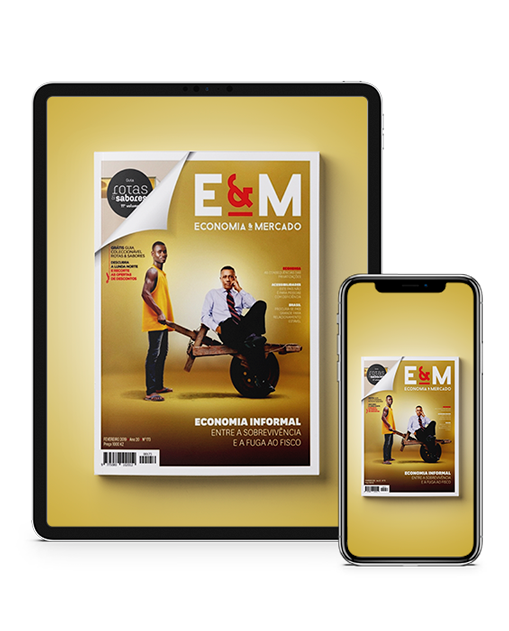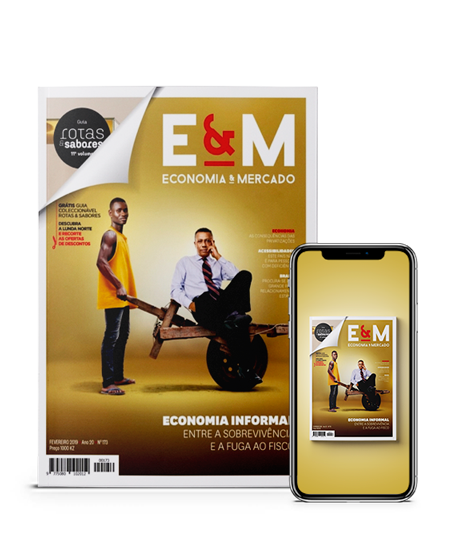No período em referência, o país esteve nos lugares cimeiros no ranking mundial das principais commodities agrícolas, em particular o café.
Angola chegou a ser o terceiro maior produtor mundial de café e segundo maior exportador desse produto, sétimo maior exportador mundial de algodão e sexto maior produtor de cera, bem como quarto maior exportador africano de madeira. Isso foi antes da Independência, em 1975.
Entretanto, a redução de 75% da capacidade produtiva do café, bem como a falta de apoios aos agricultores desta cultura terão influenciado a “queda livre” do sector e do seu contributo no PIB no período pós-independência.
Segundo cálculos do Ministério da Agricultura e Pescas, publicados em 2019 pela Economia & Mercado, depois da independência, Angola passou a registar um défice de produção agrícola entre 30 e 45% e precisava, anualmente, de ser abastecida com cinco milhões de toneladas de produtos diversos para fazer face às necessidades alimentares. Essa dependência mantém-se e, actualmente, o país é, também, dependente em quase 100% das importações de fertilizantes.
De acordo com Instituto Nacional de Estatística (INE), no seu relatório referente às contas do III Trimestre de 2020, mais de cinco milhões de pessoas trabalham no sector primário (agricultura, produção animal, caça, floresta e pesca), representando 56,1% da população activa. Entretanto, dados do BNA mostram que o sector que emprega mais de metade da população activa no país representa apenas 2,3% do PIB e pesa 3,4% das exportações.
Leia o artigo completo na edição de Novembro, já disponível no aplicativo E&M para Android e em login (appeconomiaemercado.com).
From the golden age of agriculture to the volatility of oil
From 1961 to 1975 Angola registered double-digit economic growth, with a strong contribution of the agricultural sector in the GDP. It was a golden period where the country was at the top of the world’s rankings of the main agricultural commodities, especially coffee.
Angola became the world’s third largest coffee producer and second largest exporter of this product, the world’s seventh largest exporter of cotton and sixth largest producer of wax, as well as the fourth largest African exporter of wood. This was before Independence in 1975.
However, the 75% reduction in coffee production capacity, as well as the lack of support for farmers of this crop, will have influenced the “free fall” of this sector and its contribution to the GDP in the post-independence period.
According to calculations by Ministry of Agriculture and Fisheries, published in 2019 by Economia & Mercado, after independence, Angola began to register an agricultural production deficit of between 30% and 45% and needed to be supplied, annually, with five million tons of various goods to meet food needs. This dependence continues and, currently, the country is also almost 100% dependent on imported fertilizers.
According to the National Institute of Statistics (INE), in its national accounts report for 3Q20, over 5 million people work in the primary sector (agriculture, livestock production, hunting, forestry and fishing), representing 56.1% of the working population. However, BNA data shows that the sector that employs more than half of the working population in the country represents only 2.3% of GDP and 3.4% of exports.
Read the entire article in the November issue, now available on the E&M app for Android and on login (appeconomiaemercado.com).
.png)












